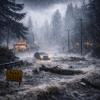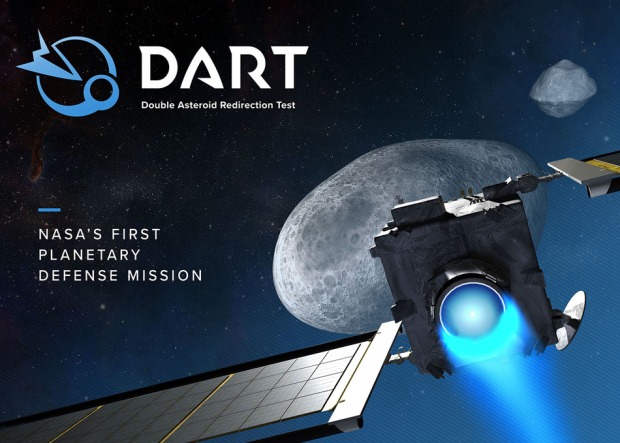
Breaking News
 Red Light Therapy And Men's Health: Does It Really Work?
Red Light Therapy And Men's Health: Does It Really Work?
 Kash Patel's New FBI Clown Show - The Bizarre Interview He Will Regret For The Rest of His Life
Kash Patel's New FBI Clown Show - The Bizarre Interview He Will Regret For The Rest of His Life
 One Rifle I Trust for Everything
One Rifle I Trust for Everything
 The West Coast Is Being Absolutely Pummeled By Trillions Of Gallons Of Rain, Wind Speeds Of Up...
The West Coast Is Being Absolutely Pummeled By Trillions Of Gallons Of Rain, Wind Speeds Of Up...
Top Tech News
 This tiny dev board is packed with features for ambitious makers
This tiny dev board is packed with features for ambitious makers
 Scientists Discover Gel to Regrow Tooth Enamel
Scientists Discover Gel to Regrow Tooth Enamel
 Vitamin C and Dandelion Root Killing Cancer Cells -- as Former CDC Director Calls for COVID-19...
Vitamin C and Dandelion Root Killing Cancer Cells -- as Former CDC Director Calls for COVID-19...
 Galactic Brain: US firm plans space-based data centers, power grid to challenge China
Galactic Brain: US firm plans space-based data centers, power grid to challenge China
 A microbial cleanup for glyphosate just earned a patent. Here's why that matters
A microbial cleanup for glyphosate just earned a patent. Here's why that matters
 Japan Breaks Internet Speed Record with 5 Million Times Faster Data Transfer
Japan Breaks Internet Speed Record with 5 Million Times Faster Data Transfer
 Advanced Propulsion Resources Part 1 of 2
Advanced Propulsion Resources Part 1 of 2
 PulsarFusion a forward-thinking UK aerospace company, is pushing the boundaries of space travel...
PulsarFusion a forward-thinking UK aerospace company, is pushing the boundaries of space travel...
 Dinky little laser box throws big-screen entertainment from inches away
Dinky little laser box throws big-screen entertainment from inches away
 'World's first' sodium-ion flashlight shines bright even at -40 ºF
'World's first' sodium-ion flashlight shines bright even at -40 ºF
Why Is NASA Working So Hard To Learn How To Defend The Earth From Giant Asteroids?

The good news is that the space rock that NASA will be crashing this spacecraft into is not on a collision course with Earth. It is only a test. But why has NASA suddenly become so concerned with figuring out how to defend the Earth from giant asteroids? Could it be possible that there is something heading toward Earth in the future that they haven't told us about yet?
According to NASA, there are more than 26,000 asteroids that pass near Earth, and more than 2,000 of them are classified as "potentially dangerous" asteroids.
Most of those "potentially dangerous" asteroids aren't that large, but 158 of them do have a diameter of more than one kilometer.
If one of those monsters were to hit us, it would be a disaster of cataclysmic proportions.
Of course there are countless other space rocks that our scientists have not discovered yet, and those probably represent the greatest threat. Because if you don't see a threat coming, you can't get prepared for it in advance.
These days, NASA officials have become quite preoccupied by the threat that giant space rocks potentially pose, and we are being told that "scientists are at work on a plan to avoid the destruction of Earth by an errant asteroid". The following comes from an article that was just published by the Boston Globe…



